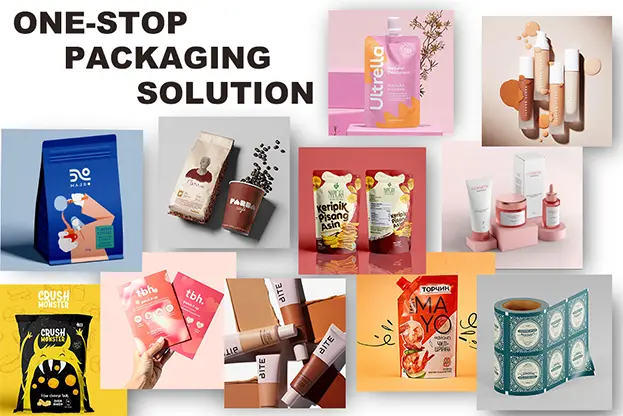Flexible packaging printing, including flexo and gravure, is transforming the packaging industry with its versatility, efficiency, and advantage in label production. This method offers cost-effective solutions, reduces waste, and provides high-quality results using flexible printing techniques and flexible printing plates. From vibrant colors to intricate designs, flexo flexible packaging printing meets diverse needs across various sectors, including label type. It ensures products stand out on shelves while maintaining print durability and label sustainability using flexo type. Scroll down to discover our top picks and reviews of the best flexo flexible packaging printing and label options available today.
1. Rotogravure Printing
Rotogravure printing excels in high-volume reproduction, making it ideal for long-run magazine and catalog production. This print method uses engraved cylinders to transfer ink onto the substrate, ensuring unparalleled image quality and depth of color. Each cylinder is meticulously engraved with tiny cells that hold the ink for print. When the cylinder rotates, it picks up ink from a fountain roller and transfers it to the print material. This process allows for consistent and high-quality prints. Despite high initial setup costs due to the engraving process, rotogravure printing becomes cost-effective for large orders. The durability of the cylinders means they can be reused for multiple print runs, reducing long-term costs. In the food packaging industry, rotogravure is favored for its ability to print on various materials like films and cartons. Its precise color reproduction ensures that food images look appealing and accurate in print. Printing is extremely fast, with modern machines capable of producing fourteen meters of film in less than a second!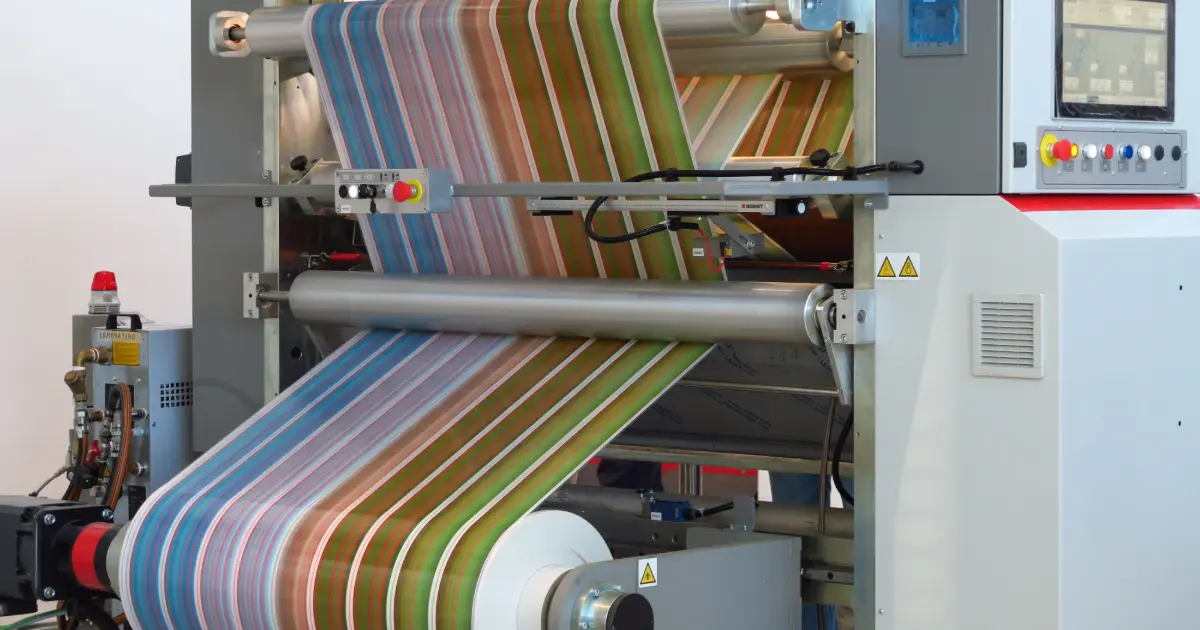
2. Digital Printing
Digital printing is a form of screen printing packaging that uses inkjet technology to apply images and branding components directly to plastic substrates. Digital printing offers unmatched flexibility and speed for short-run, customized packaging solutions. Unlike traditional printing methods, it eliminates the need for plates, which reduces setup time and costs significantly. This makes it ideal for businesses needing quick turnarounds. Digital printing systems can produce high-quality images and text directly from digital files. This ensures that every print is sharp and vibrant, maintaining consistency across all prints. For example, inkjet technology allows for precise color matching and detailed designs on various printing surfaces, providing a superior finish compared to aniline printing. In the print industry, digital printing has become a popular printing technique due to its efficiency and adaptability. It supports a wide range of materials and is perfect for personalized print packaging needs.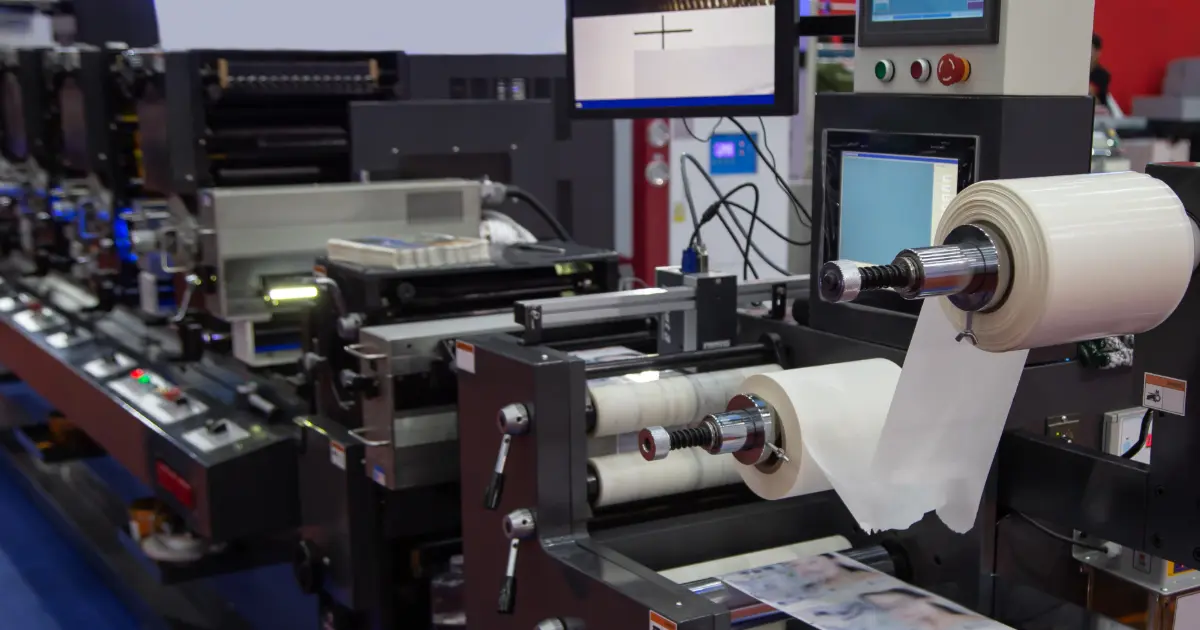
3. Flexography Printing
Flexography printing, often called flexo, is a widely used and efficient printing method. It uses flexible plates made of rubber or plastic, which are wrapped around cylinders on a press. These plates can print continuously at high speeds, making the process ideal for large-scale jobs.
The process starts with creating a master plate that holds the image to be printed. This plate is coated with fast-drying, low-viscosity inks that transfer the image onto various materials. Flexo can print on many surfaces, including paper, plastic, and metallic films, which makes it very versatile.
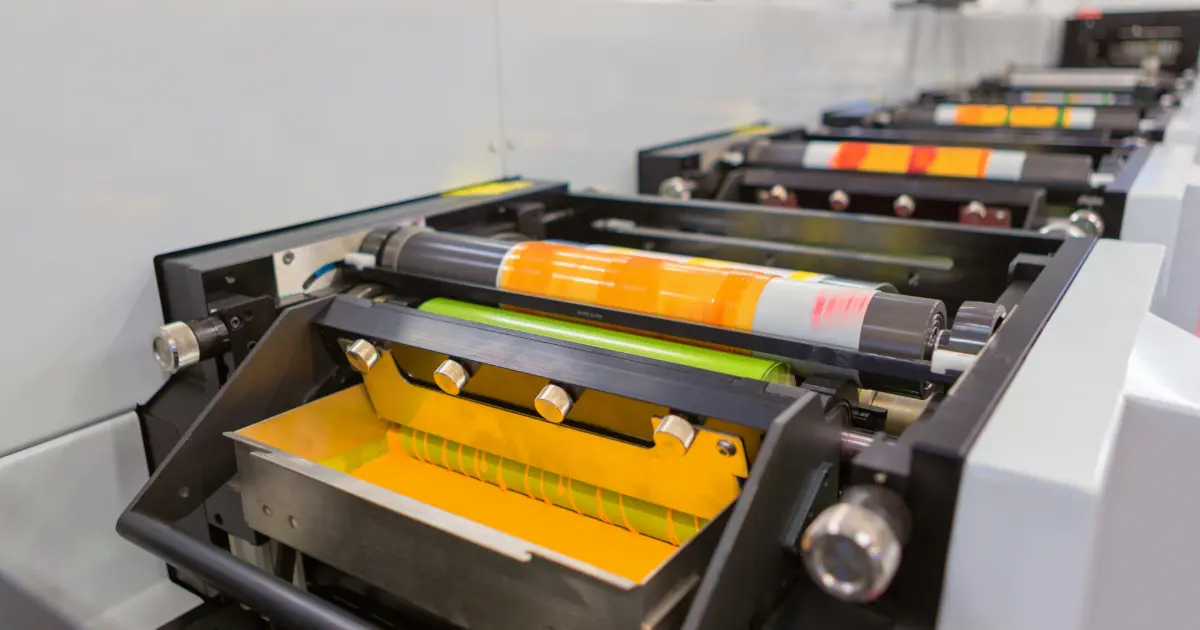
4. Offset Printing
Offset printing offers precision and high-quality output for flexible packaging. It is ideal for detailed graphic work, ensuring sharp print images and text.
The process uses a printing plate to transfer ink onto paper or other materials. This method supports both CMYK and Pantone colors, which helps maintain print brand consistency.
Using offset lithography, operators can handle medium to large print runs efficiently. The economies of scale make it cost-effective when producing larger print quantities.
Modern advances in printing machines have improved the positioning of sheets, reducing waste. Operators can also adjust the amount of ink applied, ensuring uniformity across all prints.
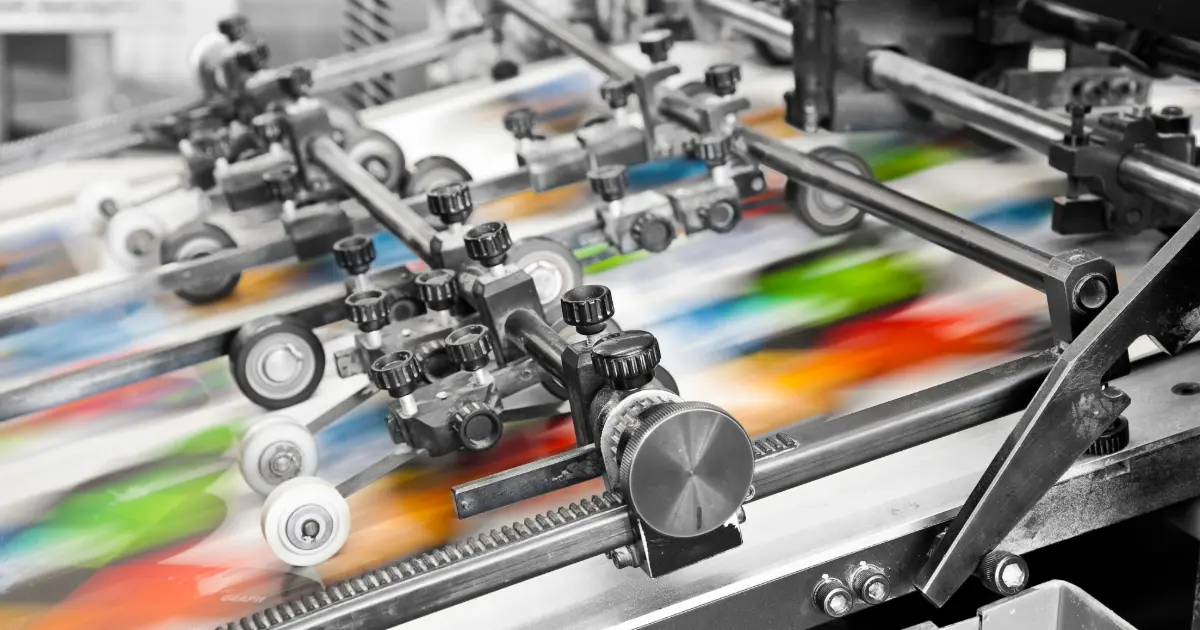
5. UV Printing
UV printing uses ultraviolet light to instantly cure inks, leading to faster production times и reduced drying space. This method allows for immediate handling and packaging of printed materials.
The durability of UV printing stands out. It offers resistance to fading, making it ideal for print products exposed to sunlight or harsh conditions. This is crucial for items like outdoor signage и product labels that need to withstand environmental stress and print.
Environmentally, UV printing has significant benefits. It produces lower emissions and consumes less energy compared to traditional drying methods. This makes it a more sustainable option for businesses looking to reduce their carbon footprint.
UV printing also employs photopolymer technology, which enhances the quality and precision of the print. The use of photopolymer in the print process ensures sharp and vibrant colors, providing a professional finish.
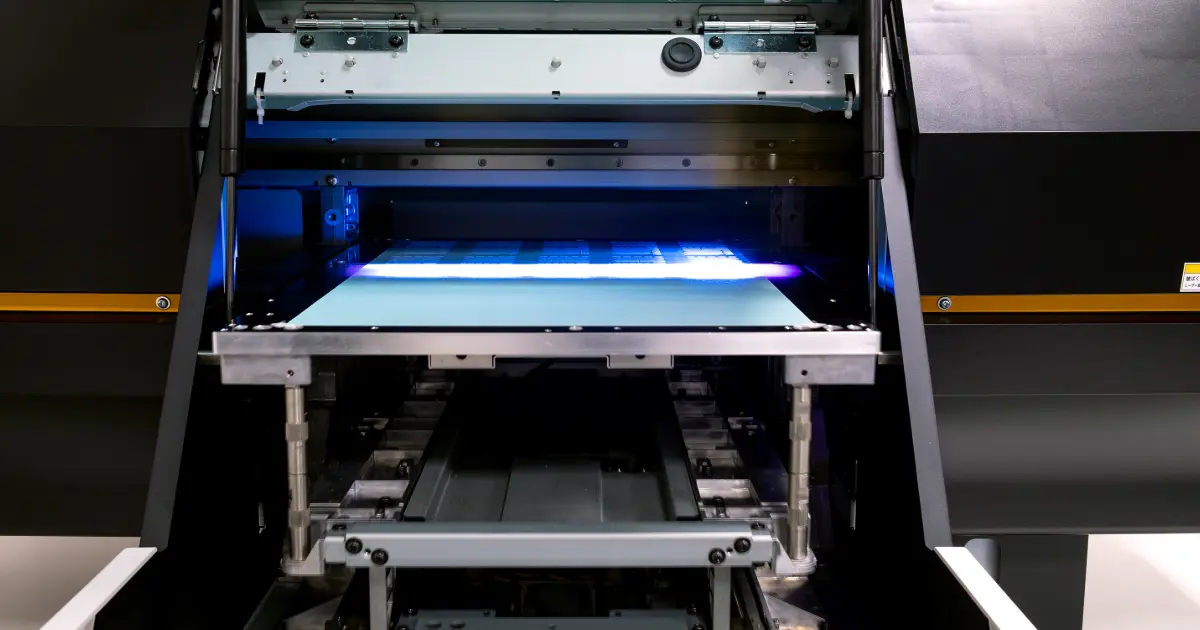
Summary
Гибкая упаковка включает в себя различные технологии печати, такие как ротогравюра, цифровая и офсетная печать, каждая из которых обладает уникальными преимуществами. Ламинация, УФ-печать, , тиснение, металлизированные краскии матовые покрытия улучшают визуальную и функциональную привлекательность упаковки. Экологичные варианты становятся всё более важными для снижения воздействия на окружающую среду.
Эти методы предоставляют бизнесу стандартные решения для удовлетворения разнообразных потребностей. Использование данных технологий может привести к созданию инновационной и экологичной упаковки. Мы рекомендуем читателям подробнее изучить эти варианты и рассмотреть их применение в своих проектах.
При выборе оптимального метода печати для упаковки продукта важно учитывать такие факторы, как тип материала, сложность дизайна и бюджет. Свяжитесь с нашим экспертом , чтобы получить индивидуальные гибкие упаковочные пакеты с печатью.
Цифровая печать позволяет выполнять малые тиражи с быстрыми сроками производства. Она отличается высокой степенью кастомизации, что делает её идеальной для промо-продукции или лимитированных серий. Этот метод сокращает отходы и затраты на подготовку.
Ламинация повышает прочность и барьерные свойства. Она обеспечивает защиту от влаги, кислорода и света. Этот процесс продлевает срок хранения и улучшает общий вид упаковки.
